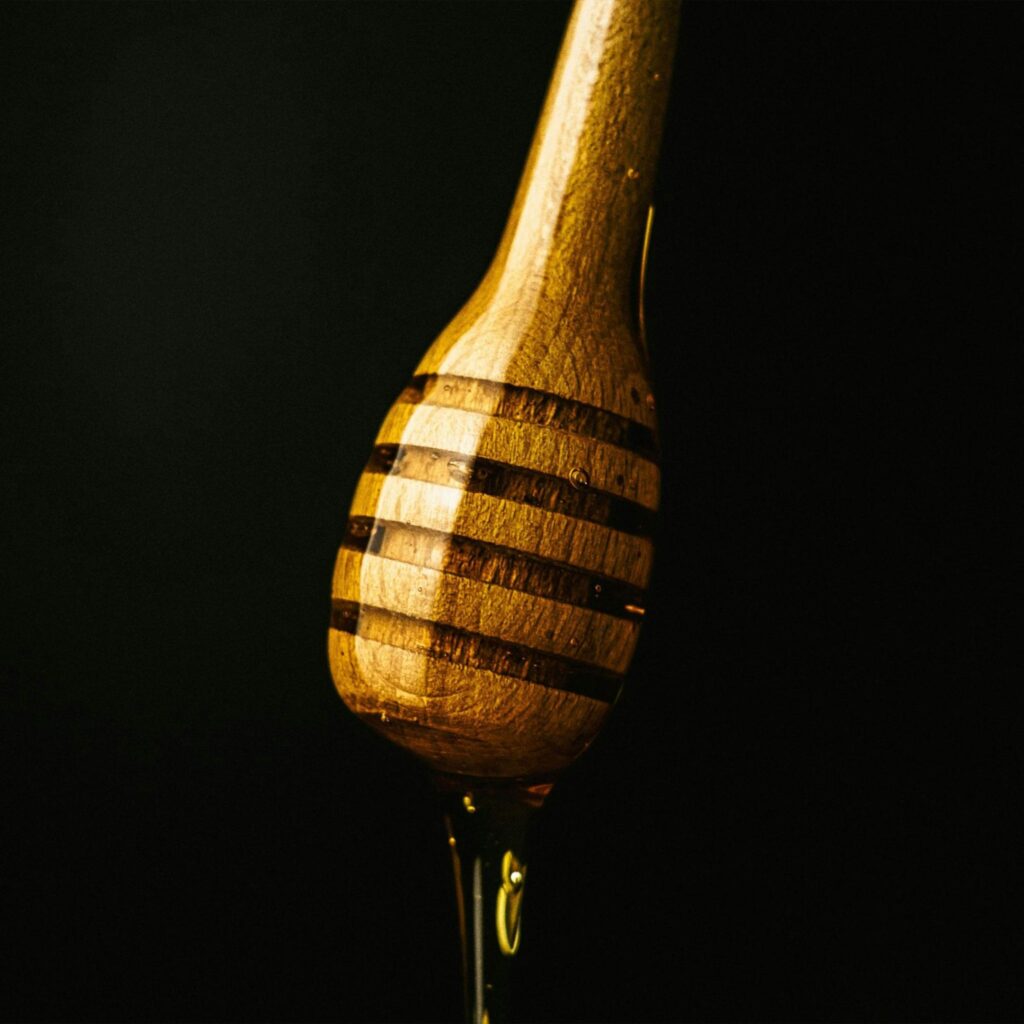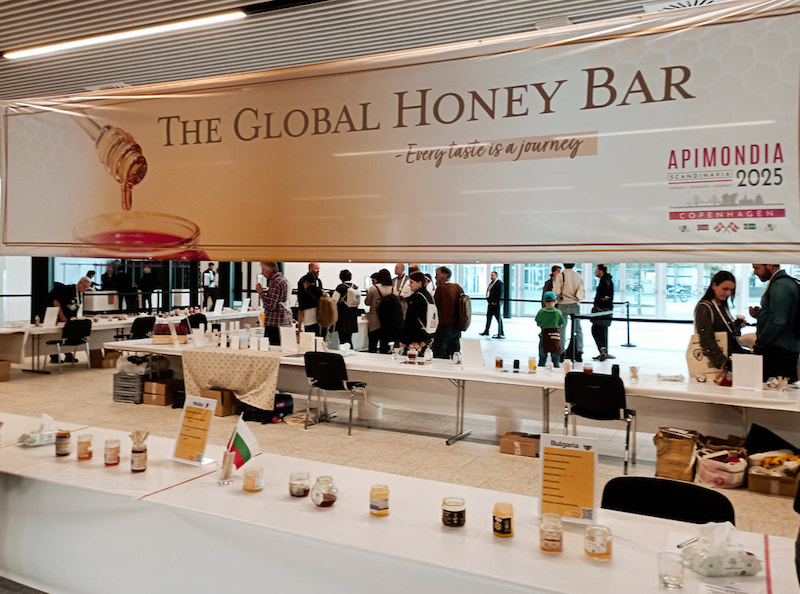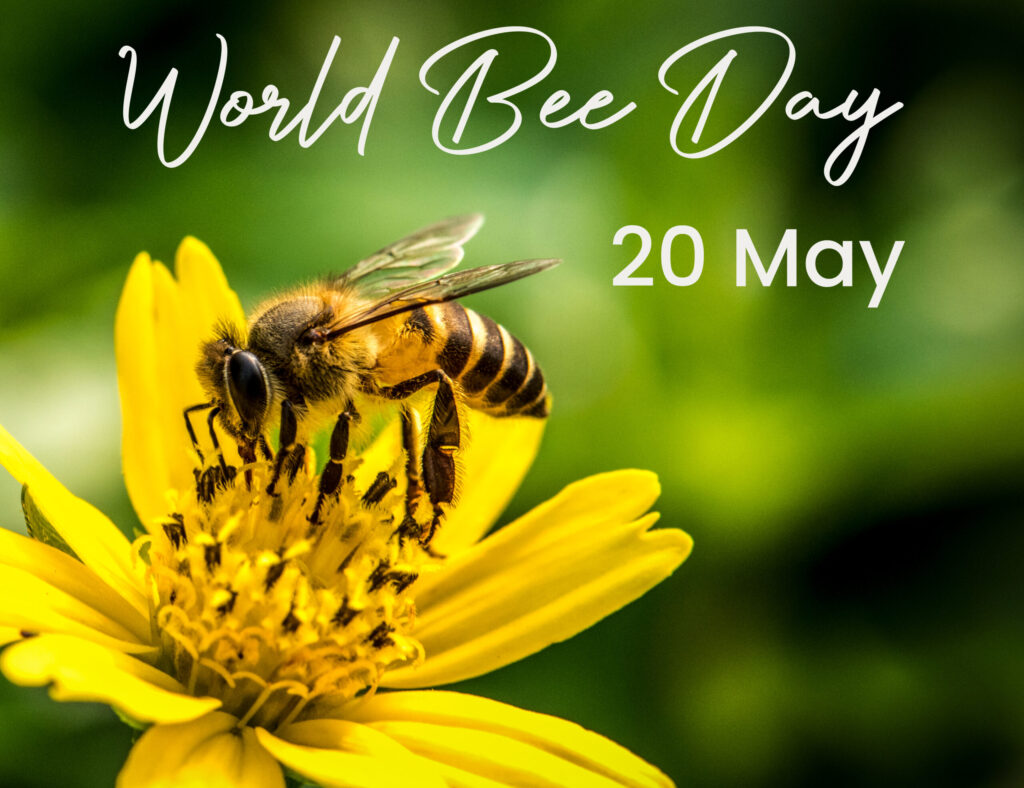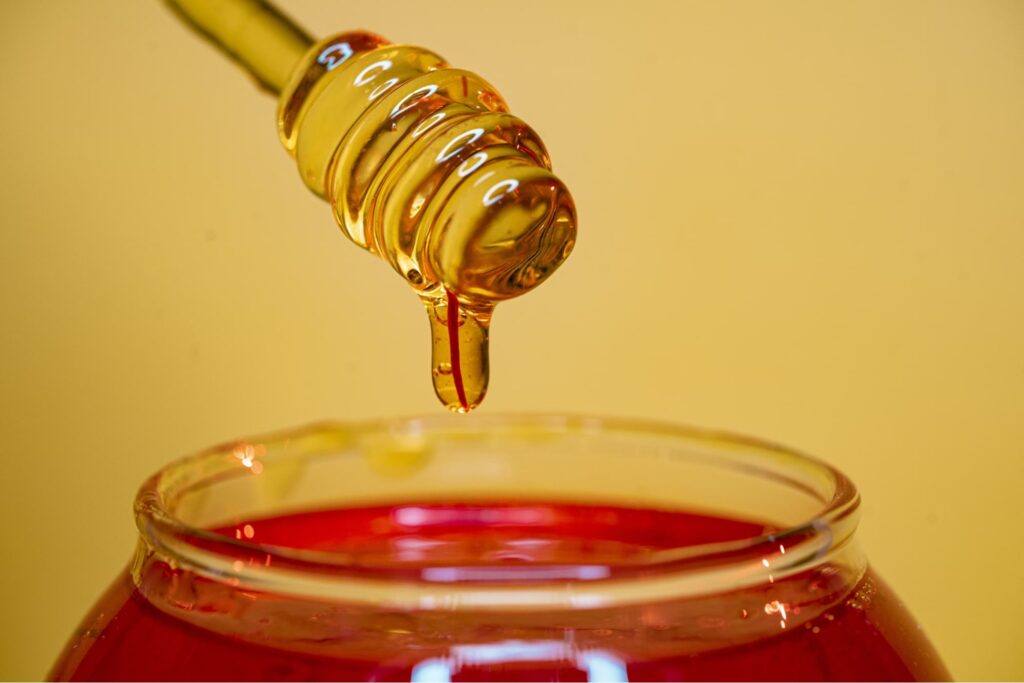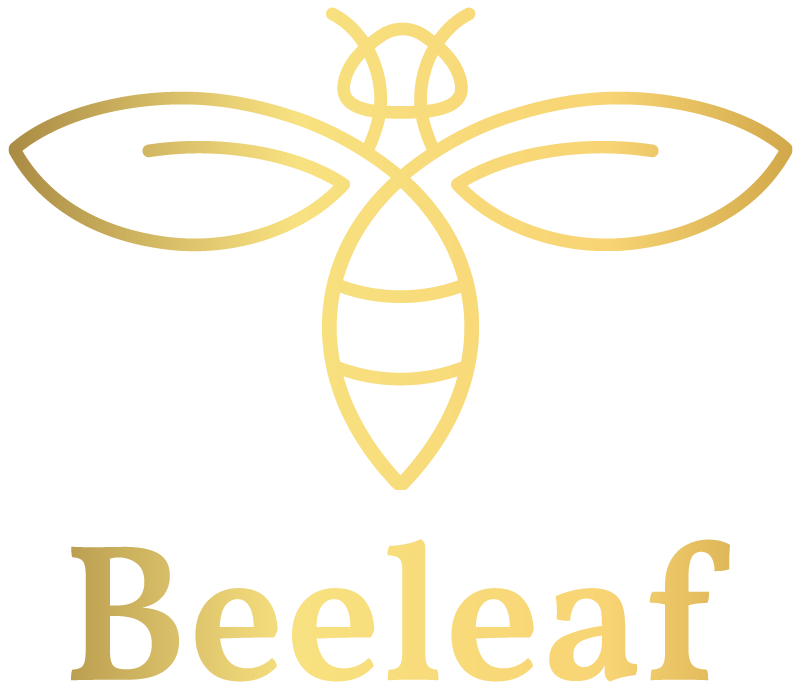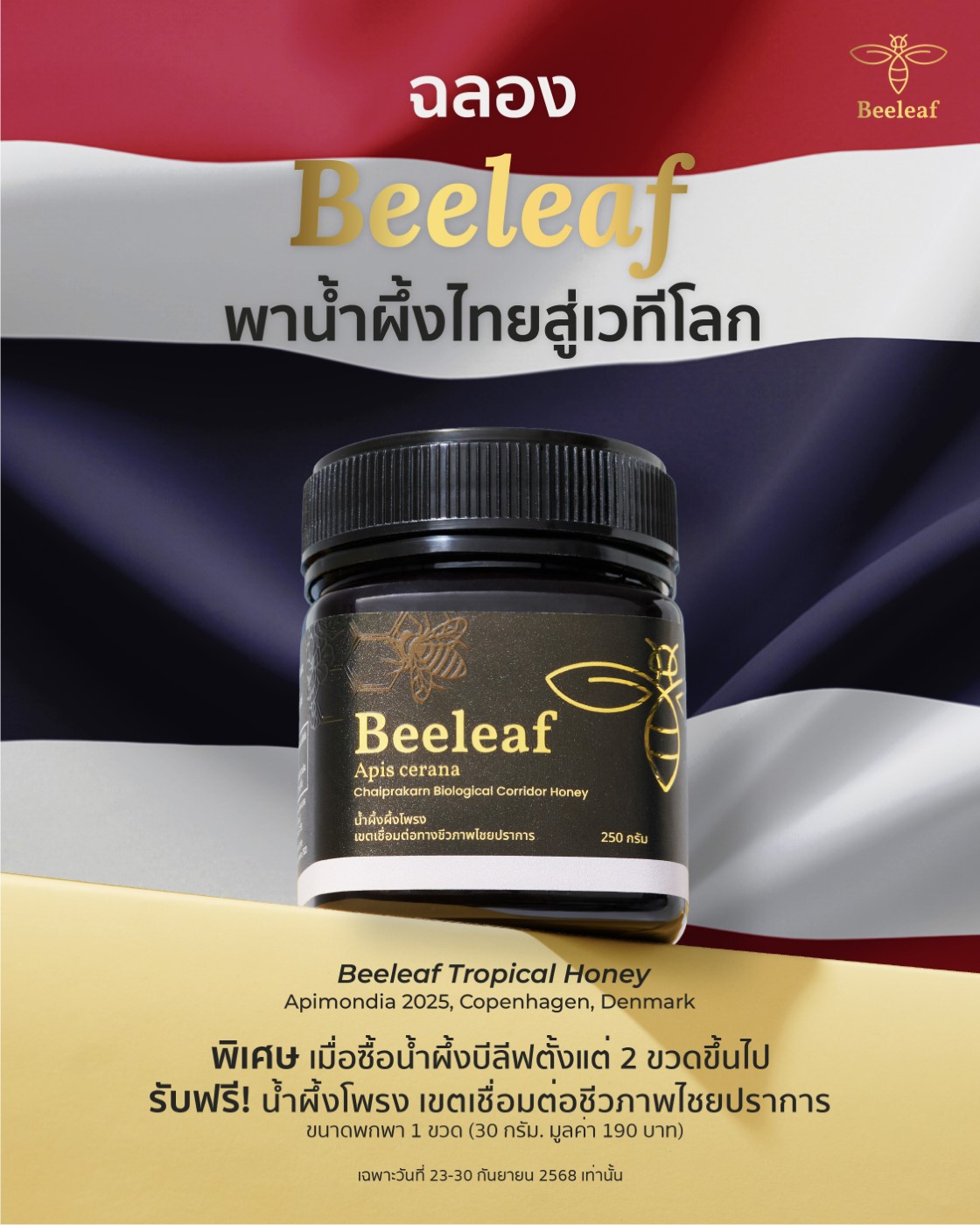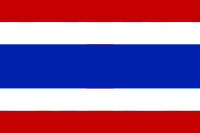เลือกอ่านตามหัวข้อ
ToggleBeekeeping with Native Bees vs. European Honey Bees: A Comparative Perspective

When discussing beekeeping in Thailand, practices may be broadly divided into two main groups: European honey bee (Apis mellifera) beekeepers and native bee beekeepers, the latter involving species endemic to Thailand such as the Asian honey bee (Apis cerana), the dwarf honey bee (Apis florea), and stingless bees (Meliponini). The giant honey bee (Apis dorsata), by contrast, is generally not domesticated due to its aggressive behavior, making it difficult to manage and thus rarely kept in captivity.
From the beekeeper’s perspective, each type of beekeeping presents distinct advantages and disadvantages. Therefore, the choice between raising European honey bees and native bees depends largely on the beekeeper’s specific conditions, objectives, and resource availability.

Photo: David Cappaert
Source: entomologytoday.org, Bugwood.org
European Honey Bee (Apis mellifera)
Advantages
-
Capable of producing a high yield of honey.
-
Generally less aggressive, largely due to selective breeding.
-
Adaptable to being kept and managed in hive boxes.
-
More suitable for large-scale or industrial beekeeping, as they can be transported in hive boxes to follow seasonal flowering cycles in orchards or other foraging sites. Additionally, they can be sustained with sugar or syrup feeding during periods of floral scarcity.
Disadvantages
-
Low tolerance to heat and disease, with limited ability to defend against natural predators. For example, they are unable to effectively resist attacks from wasps or bee-eater birds, sometimes leading to complete colony loss.
-
Require full-time, farm-like management and care.
-
Associated with high operational costs, including acaricides (for mite control), hive transportation, and the purchase of breeding stock.
-
Selective in floral visitation, tending to forage on only a limited range of plant species.
Native Honey Bees
Advantages
-
Higher resilience to heat and disease, and greater capacity to cope with natural enemies. For instance, when confronted by a wasp, native honey bees employ a defense mechanism known as “heat balling”—surrounding the wasp in a cluster while vibrating their thoracic muscles to raise the temperature until the wasp overheats and dies. This behavior is not exhibited by European honey bees.
-
Lower production costs: there are no expenses for breeding stock, acaricides, or hive relocation.
-
Require minimal space and can be raised in small-scale or household settings (small-scale beekeeping).
-
Suitable for hobbyist beekeeping, with minimal time requirements—generally fewer than two short maintenance sessions per month (5 minutes each), or slightly longer (up to 30 minutes per hive) for colony splitting, no more than 2–3 times annually.
-
Honey commands a higher market price, enabling faster returns on investment.
-
Honey possesses greater nutritional and therapeutic value, as native bees forage on a more diverse range of floral sources and produce species-specific enzymes unique to each bee type.
Disadvantages
-
Less suitable for large-scale apiculture. Native honey bees typically reject artificial feeding with sugar or syrup and may become stressed during hive transportation. Consequently, the scale of beekeeping depends heavily on local floral abundance (though in highly biodiverse regions, large-scale management may be possible).
-
Produce lower honey yields compared to European honey bees.
-
Some native species cannot be managed in hive boxes (e.g., Apis dorsata [giant honey bee], Apis florea [dwarf honey bee]), or are highly defensive (e.g., Apis dorsata), thus requiring substantial experience from the beekeeper.



